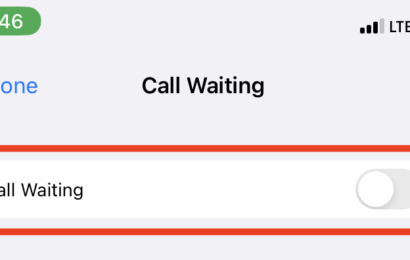Testing Salesforce releases is easy when you have the right tools and know the importance of the tests. But how do you know which tools are right for you or your project?
Suppose you need a solution that requires code. In that case, you should have a developer, testers with lots of experience in coding, and, most importantly, lots of time for maintenance.
If you need a solution that does not require codes, get a team familiar with automation testing with Salesforce processes. They don’t have to be experts. They just have to be familiar with the processes and willing to update their knowledge about Salesforce.
To understand the role of Salesforce release testing, you need to know what they are and how they work.
What is Testing in Salesforce Release and Why is it Important?
Salesforce is an innovative company, and for many of its users, the issue of being up-to-date with updates and monitoring areas that can affect business is challenging. Admittedly, the company goes out of its way to prepare customers for new updates. Salesforce uses a unique architecture that includes both the platform itself and a wide variety of third-party applications and integrations. This makes it essential to thoroughly test the software to ensure that it is stable, secure, and able to meet the needs of the end-users. Testing in Salesforce plays a crucial role as it ensures that all customization, applications and configurations perform as expected; provide optimum performance; and yield the desired results. Furthermore, testing also helps mitigate potential risks associated with any change to an existing system.
In situations where you don’t have the staffing or skills, some organizations or testing tools like Functionize can help identify the significant areas of a new release.
Why is it Important, and What are the Benefits?
There are several impressive benefits of Salesforce test automation. Initially, Salesforce was just a database to store customer details and track sales opportunities. However, it became a crucial part of most businesses and departments.
Salesforce allows companies to create their input fields, specific third-party integrations, and unique workflows. These custom modifications help organizations to enhance functionality and processes.
Apart from this, it also can improve quality and business outcomes; lowers risk and reduces testing debt; enhances work-life, and improves accuracy, speed, and coverage of regression testing execution.
Another significant benefit of testing in Salesforce is that it supports the repurposing of resources to improve overall coverage, add tests for alternative attributes and optimize their testing process. Excellent automation boosts the quality and confidence of the team. It also helps evaluate unknowns in the product to understand it fully.
Salesforce Testing Overview
Salesforce is a popular name in the customer relations business. It is a cloud-based platform that allows companies to customize, scale, and configure their systems to suit their organizational needs best.
Due to its high flexibility, it needs to be constantly maintained and tested to identify issues quickly so that the systems remain functional. Testing in Salesforce includes verifying customizations and configurations of specific features in vanilla SDFC and the overall functionality of the platform. This test should be done anytime the code is changed.
Also, testing in a sandbox environment is more effective because it allows the team to check for bugs and issues in code modifications and built-in functionalities. Things to check in the sandbox environment include every critical update, custom coding, and new features.
Changes to page layouts, user interface, and API endpoints should also be tested. These tests can be done manually for a small organization. Still, big organizations need more sophisticated tools to improve software quality.
Salesforce releases come with innovations that have been tested using Functionize. Your project can also benefit from Functionize and enjoy features that will enhance your team’s Salesforce testing strategy, including:
- Self-healing Tests: When testing in Salesforce using Functionize, you can benefit from the self-healing tests that reduce the time used for test maintenance by 85%.
- Cloud-based Execution: Functionize also allows you to perform your testing in Salesforce across several operating systems and browsers using Functionize cloud for testing. The Functionize test cloud for testing in Salesforce helps you reduce the overhead costs for Salesforce testing.
- Integration with CI/CD Pipelines: Functionize also allows you to guide your testing in Salesforce by running it alongside your CI/CD pipelines. It also has built-in integration you can use to send test progress or failures to your team.
Types of Salesforce Testing
There are numerous tests for your quality assurance team to choose from depending on what it is looking to achieve. There are:
System testing: This test involves comprehensive testing of a system. In system testing, old features and recent modifications are checked for errors.
Unit testing: It is a vital part of every software development project. A significant portion of your code should be checked with unit testing.
Integration testing: If your code interacts with other scripts not native to Salesforce, integration testing should be done to clear bugs.
UAT testing: This testing is done to reveal problems that might cause issues in a system.
Functional testing: This is done to ascertain that the system’s features are working as intended.
Production testing: Production testing is used to ascertain that all modifications and configurations are successfully implemented in production.
Regression testing: This is a time-intensive test that can either be manual or automated. It is done to check if new data or codes have tampered with the system’s functionality.





